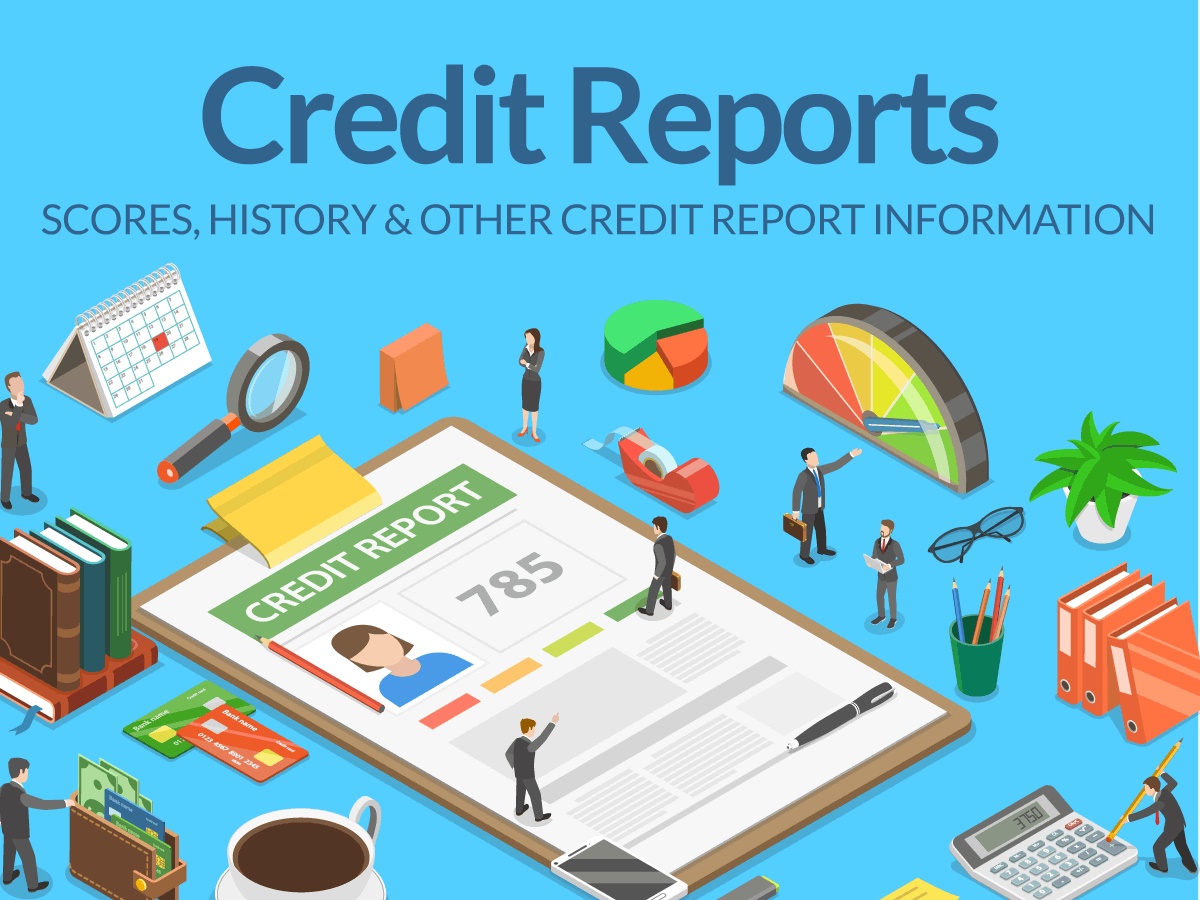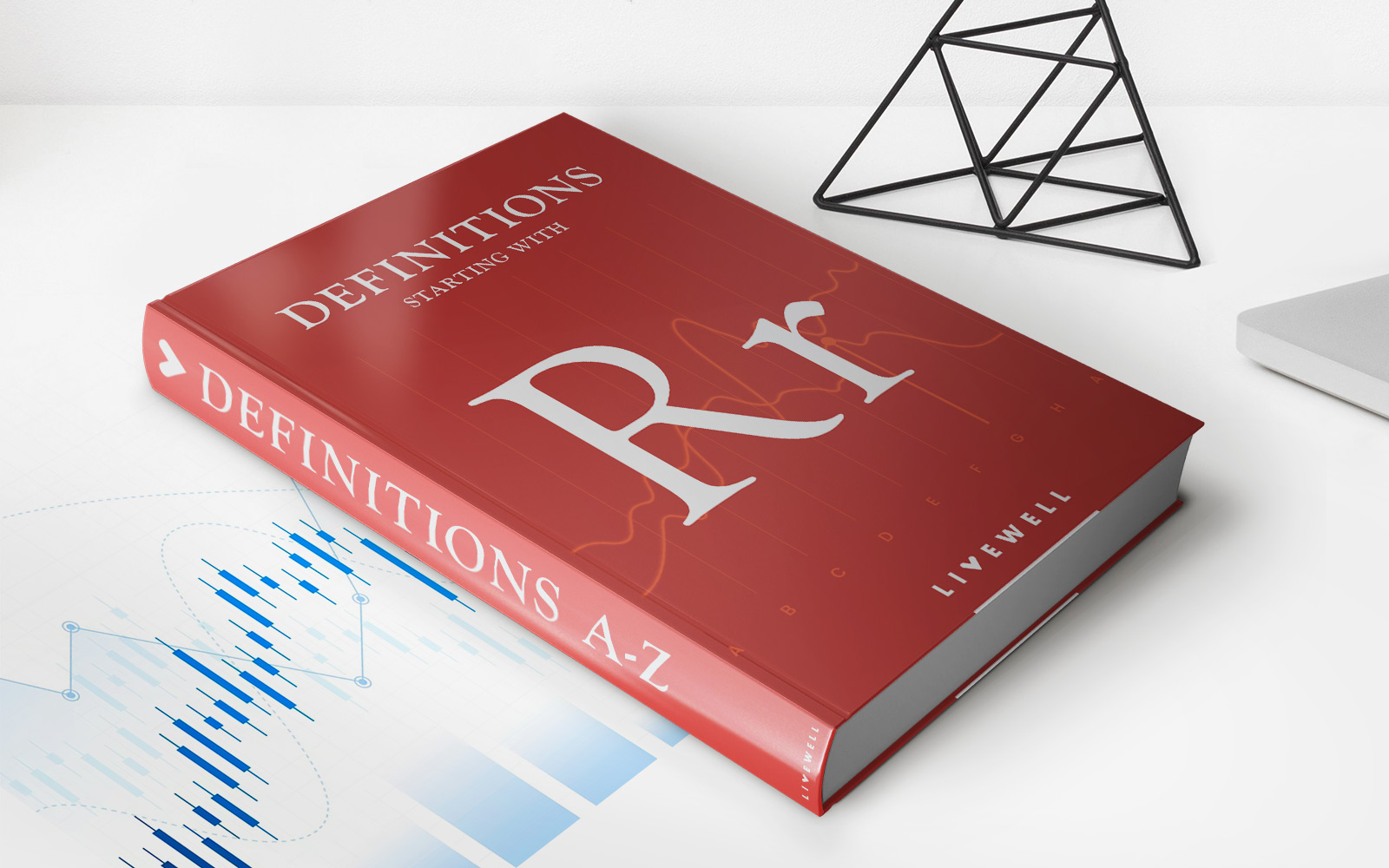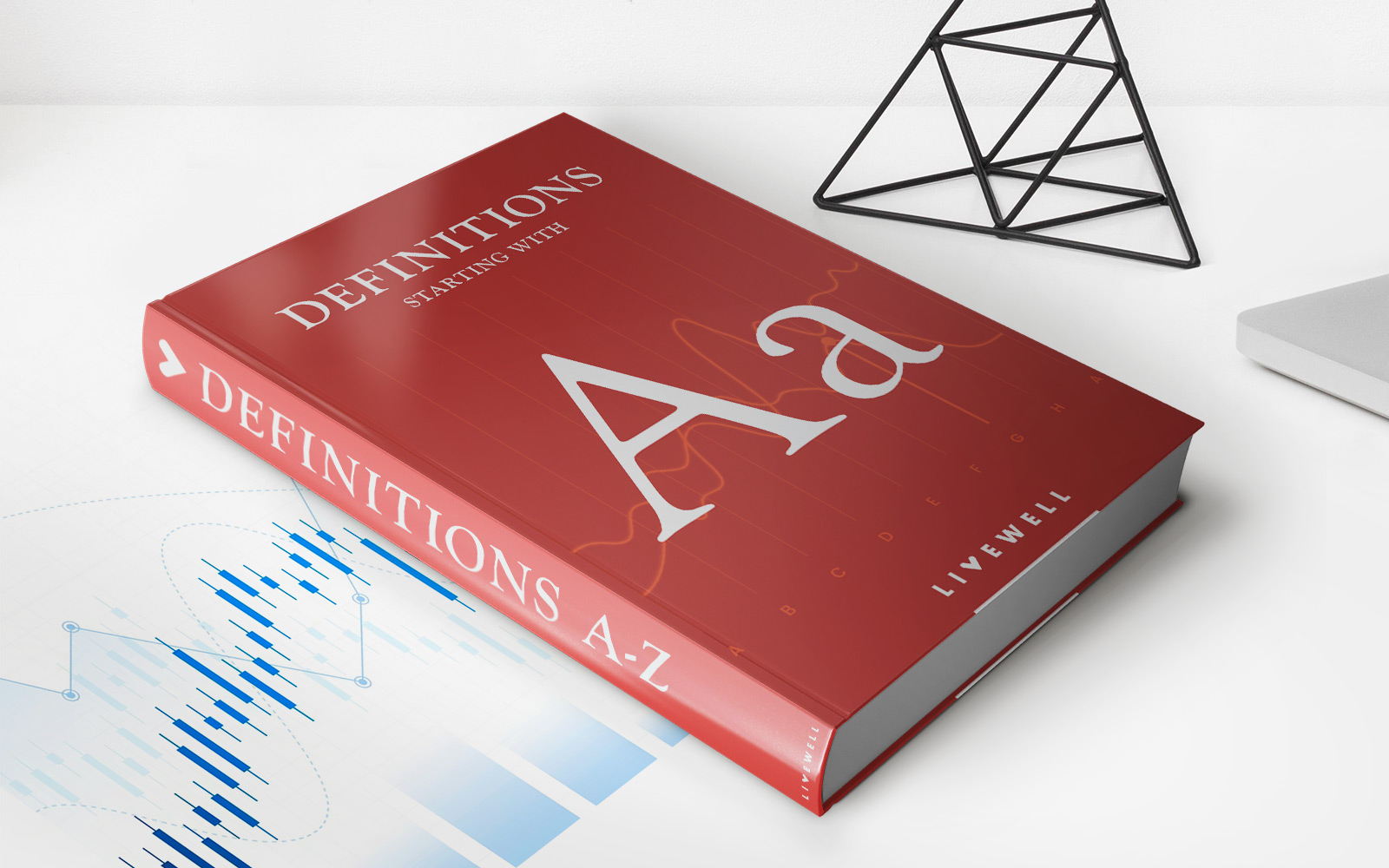Home>Finance>Where Can You Find The Total Dollar Amount Of Your Revolving Credit Accounts?


Finance
Where Can You Find The Total Dollar Amount Of Your Revolving Credit Accounts?
Modified: March 1, 2024
Discover where to find the total dollar amount of your revolving credit accounts. Manage your finances efficiently with this essential information.
(Many of the links in this article redirect to a specific reviewed product. Your purchase of these products through affiliate links helps to generate commission for LiveWell, at no extra cost. Learn more)
Table of Contents
Introduction
Understanding Revolving Credit Accounts
Revolving credit accounts are a crucial aspect of personal finance, providing individuals with the flexibility to borrow funds up to a certain limit and repay the borrowed amount over time. The most common form of revolving credit is credit cards, which allow cardholders to make purchases or cash advances up to a predetermined credit limit. Unlike installment loans, such as a mortgage or auto loan, where a fixed amount is borrowed and repaid in regular installments, revolving credit accounts offer a revolving line of credit that can be utilized repeatedly as long as the borrower makes timely payments and does not exceed the credit limit.
Revolving credit accounts are characterized by their ongoing nature, allowing borrowers to carry a balance from one month to the next, subject to the payment of a minimum amount due. This feature provides a level of flexibility, but it also necessitates careful management to avoid accumulating excessive debt and incurring high-interest charges.
Understanding the dynamics of revolving credit accounts is essential for maintaining financial well-being. It involves being cognizant of the total dollar amount owed across all revolving credit accounts, as this figure significantly impacts an individual's overall financial health and creditworthiness.
In the subsequent sections, we will delve into the importance of knowing the total dollar amount of revolving credit accounts and explore where individuals can access this vital information to effectively manage their finances and make informed decisions.
Understanding Revolving Credit Accounts
Revolving credit accounts are a fundamental component of the modern financial landscape, offering individuals a flexible means of accessing funds for various purchases and expenses. Unlike traditional installment loans, which involve borrowing a specific amount and repaying it in fixed installments over a predetermined period, revolving credit accounts provide a revolving line of credit that can be utilized repeatedly, up to a predefined credit limit. The most common form of revolving credit is the credit card, which allows cardholders to make purchases, balance transfers, or cash advances within the approved credit limit.
One of the defining features of revolving credit accounts is the ability to carry a balance from one month to the next, subject to the payment of a minimum amount due. This characteristic grants individuals the flexibility to manage their cash flow and address unforeseen expenses without the need for a new loan application. However, it also necessitates responsible financial management to avoid accruing excessive debt and incurring high-interest charges.
When utilizing revolving credit accounts, individuals are charged interest on the outstanding balance, and they have the option to repay the full amount owed or make minimum payments, which typically cover the interest accrued and a small portion of the principal balance. It is important to note that carrying high balances relative to the credit limit can negatively impact an individual’s credit score, as it may signal financial distress or an inability to manage debt effectively.
Moreover, revolving credit accounts often offer various features, such as rewards programs, cashback incentives, and promotional interest rates, which can provide additional value to cardholders when used judiciously. By understanding the terms and conditions of their revolving credit accounts, individuals can maximize the benefits while mitigating potential pitfalls.
Overall, a comprehensive understanding of revolving credit accounts empowers individuals to make informed financial decisions, effectively manage their debt obligations, and maintain a healthy credit profile. In the subsequent sections, we will explore the significance of knowing the total dollar amount owed across all revolving credit accounts and where individuals can access this critical information to foster sound financial management.
Importance of Knowing the Total Dollar Amount
Understanding the total dollar amount owed across all revolving credit accounts is paramount for individuals seeking to maintain financial stability and make informed decisions regarding their borrowing and repayment strategies. This figure serves as a key indicator of an individual’s overall debt burden and has far-reaching implications for their financial well-being and creditworthiness.
One of the primary reasons for recognizing the total dollar amount owed on revolving credit accounts is to assess one’s debt-to-income ratio, a critical metric used by lenders to evaluate an individual’s capacity to manage additional debt responsibly. By comparing the total outstanding balances on revolving credit accounts to their income, individuals can gauge their current level of indebtedness and determine whether they are approaching unsustainable levels of borrowing. This insight is invaluable when considering future financial commitments, such as applying for a mortgage, auto loan, or additional lines of credit.
Moreover, being aware of the total dollar amount owed enables individuals to devise effective debt repayment strategies and prioritize their financial goals. By understanding the magnitude of their revolving credit balances, individuals can develop a structured plan to reduce their debt burden, potentially saving on interest expenses and improving their credit score over time. This proactive approach to debt management fosters financial discipline and positions individuals to achieve greater long-term financial freedom.
Furthermore, the total dollar amount owed on revolving credit accounts directly influences an individual’s credit utilization ratio, a crucial factor in determining their credit score. Credit utilization ratio reflects the percentage of available credit being utilized, and maintaining a lower ratio is indicative of responsible credit usage. By monitoring and managing their total revolving credit balances, individuals can optimize their credit utilization ratio, thereby enhancing their creditworthiness and increasing their access to favorable credit terms and lending opportunities.
Ultimately, understanding the total dollar amount owed across all revolving credit accounts empowers individuals to make informed financial decisions, mitigate the risks associated with excessive debt, and cultivate a positive credit profile. In the following section, we will explore where individuals can access the total dollar amount of their revolving credit accounts, enabling them to take proactive steps toward effective debt management and financial well-being.
Where to Find the Total Dollar Amount of Your Revolving Credit Accounts
Accessing the total dollar amount owed across all revolving credit accounts is essential for individuals to gain a comprehensive understanding of their financial obligations and make informed decisions regarding debt management. Fortunately, there are several avenues through which individuals can obtain this critical information, empowering them to take proactive measures to address their revolving credit balances and enhance their overall financial well-being.
Monthly Statements: One of the primary sources for determining the total dollar amount owed on revolving credit accounts is the monthly statements provided by credit card issuers and other revolving credit providers. These statements outline the current balances, minimum payment due, available credit, and transaction history for each account, enabling individuals to assess their overall indebtedness and monitor their spending patterns.
Online Account Portals: Most credit card issuers and financial institutions offer online account portals that allow individuals to access real-time information about their revolving credit accounts. By logging into these secure portals, individuals can view their current balances, recent transactions, payment due dates, and available credit limits. This convenient access to account details empowers individuals to stay informed about their revolving credit balances and take timely actions to manage their debt effectively.
Credit Reports: Individuals can obtain their credit reports from the three major credit bureaus—Equifax, Experian, and TransUnion—to review a comprehensive summary of their credit history, including all revolving credit accounts and their respective balances. By analyzing their credit reports, individuals can ascertain the total dollar amount owed across their revolving credit accounts and identify any discrepancies or inaccuracies that may require attention.
Mobile Applications: Many credit card issuers and financial institutions offer mobile applications that enable individuals to monitor their revolving credit accounts on the go. These user-friendly apps provide a convenient way to check account balances, track recent transactions, set up payment reminders, and receive alerts for unusual account activity. By leveraging mobile applications, individuals can stay actively engaged in managing their revolving credit balances and proactively address any emerging financial concerns.
Direct Communication: In cases where individuals require additional clarification or personalized assistance in determining the total dollar amount owed on their revolving credit accounts, they can directly communicate with their credit card issuers or financial institutions. Customer service representatives can provide detailed account information, clarify any inquiries, and offer guidance on managing revolving credit balances effectively.
By leveraging these accessible resources, individuals can readily obtain the total dollar amount owed across their revolving credit accounts, empowering them to make informed decisions, implement effective debt management strategies, and work towards achieving greater financial stability and freedom.














